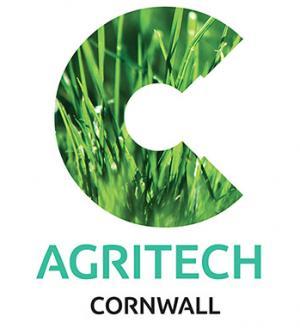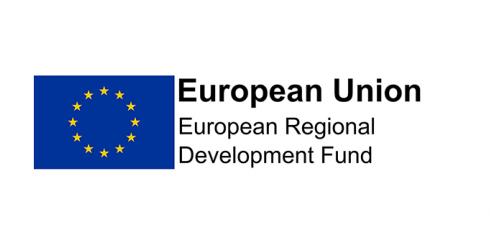
We received a Grant from the Agritech Cornwall Innovation Scheme, part of the ERDF’s European Structural and Investment Funds Growth Programme 2014-2020 which part funded costs towards specialist research to collect, test and analyse herd health data.
At the start of spring 2018 SC Nutrition Ltd initiated an Agritech project by collecting samples of grass destined to made into silage from 15 Cornish farms.
Three samples were taken at 2 different stages of harvesting, those being:
1. Immediately after the grass was mowed
2. When the grass had been harvested by the forager and tipped up in the silage pit
Each time, the sample was split in half and sent off to labs.
Other data that was recorded while the samples were collected included:
• Ambient Temperature
• Ambient Humidity
• Field Aspect
• Rain Fall
• Dry Matter
• Grass Cover (Kg/ha)
• Length of time between trailer loads
• Penn State Separator test
The next phase of the project consisted of taking a core sample of the grass silage, 12 weeks after the crop was ensiled. These samples were again sent off for analysis.
Farmers started to use the silage stocks from September 2018 onwards. This allowed us to take temperature readings of the face of the pit.
From September 2018, SC Nutrition Ltd started using a NIR 4 real-time analyser to assess the quality of the silage from the face of the pit. SC Nutrition Ltd found the NIR 4 real-time analysis a very useful on farm tool, providing the farmers with accurate readings of the quality of their forage, which we were able to do in front of them, providing the nutrition team with important data for the project.
More importantly, we were able to cross reference the readings taken by the portable handheld scanner (the NIR4) with the two lab results we received, to quantify its accuracy.
Along with analysing the silage for nutritional integrity, S C Nutrition Ltd also sent periodic samples of silage for mould and yeast counts. The data from these analyses proved inconclusive and further work will be needed to be carried out on a much larger number of samples in a future project to see if there is any connection between the standard of silage making processes and the presence of these unwanted spoilage organisms.
Throughout the whole of the project data collected has been input into tables and graphs in order to easily interpret the numbers we have collected both for the SC Nutrition team and most importantly the farmers.

